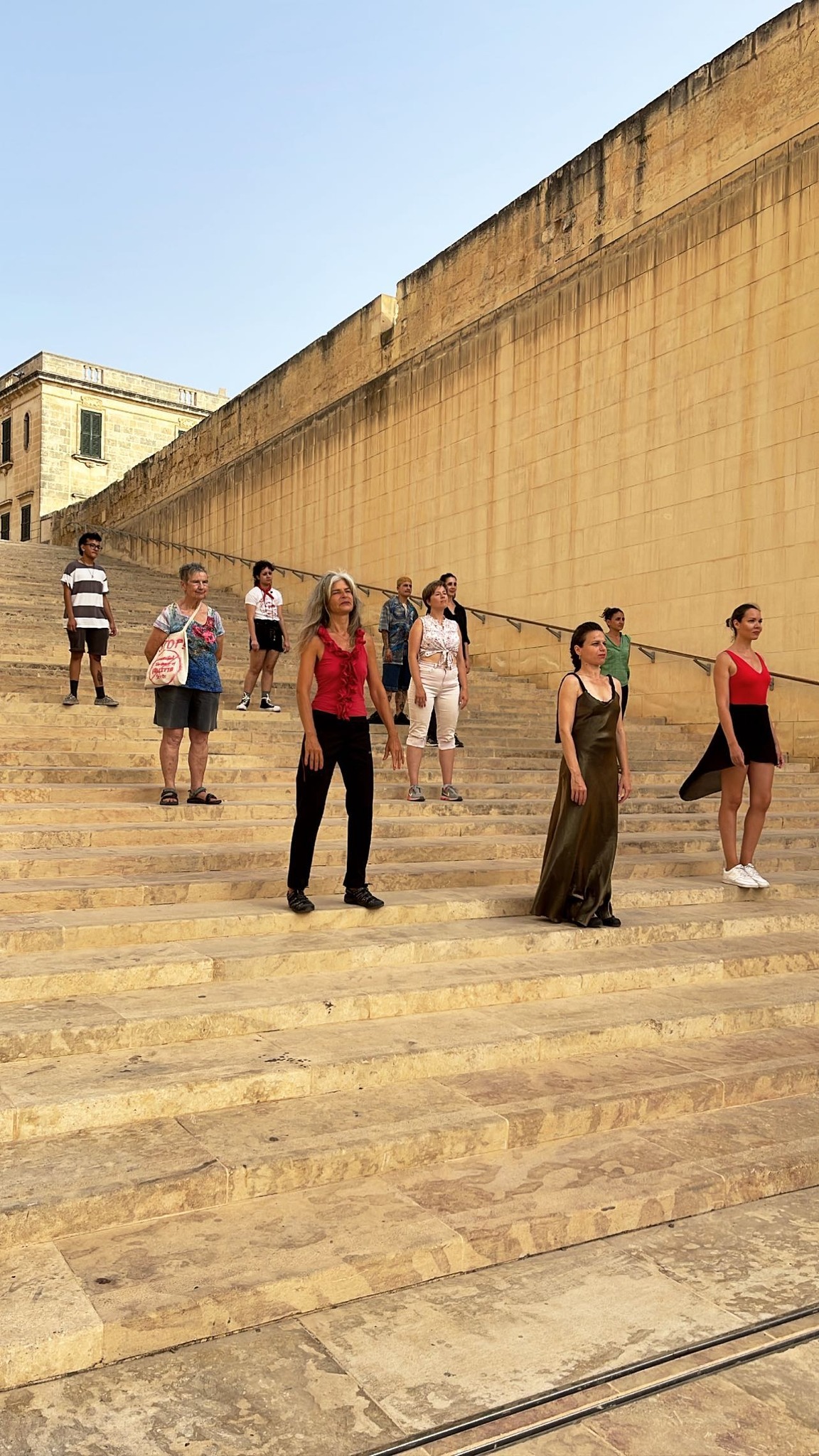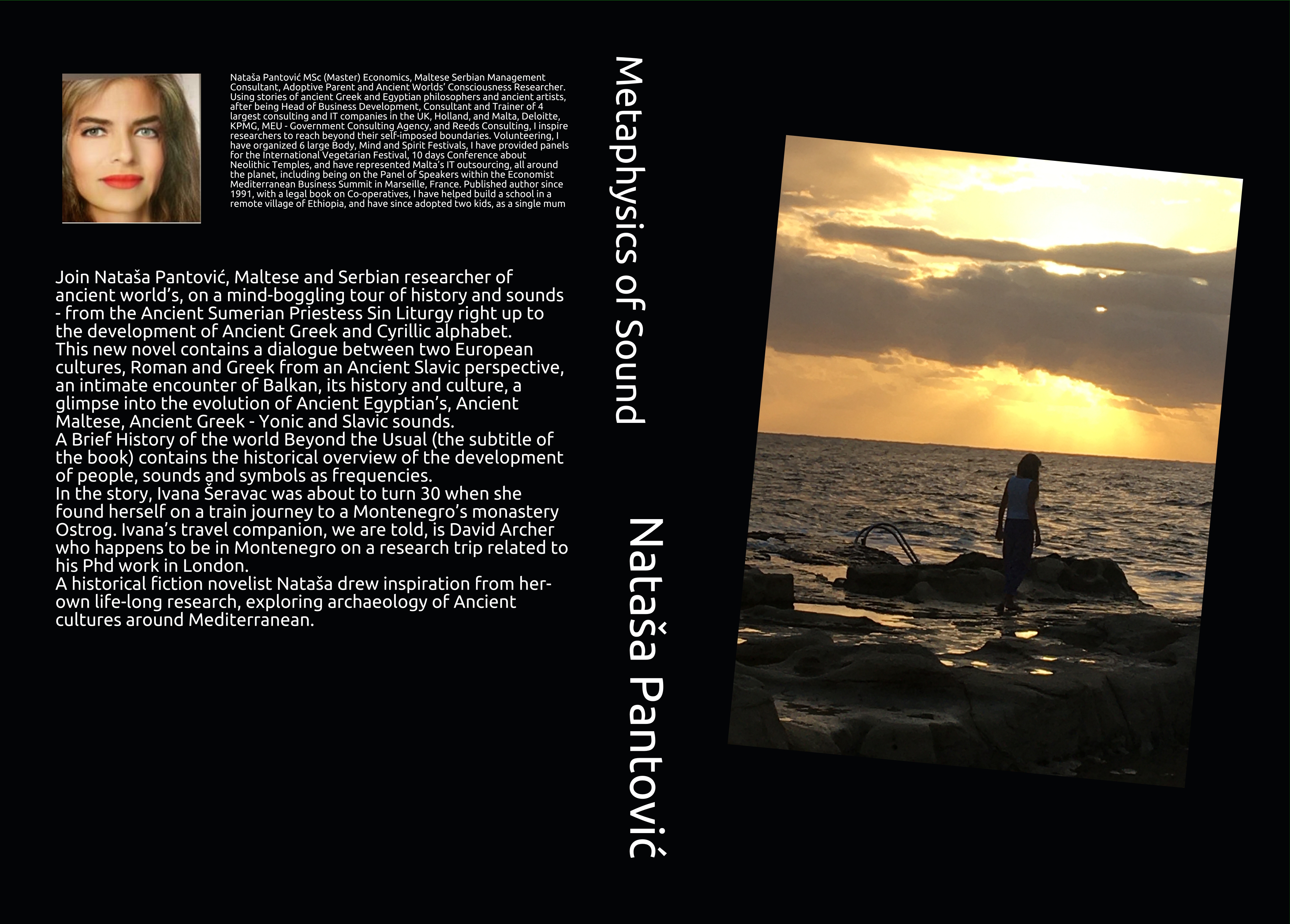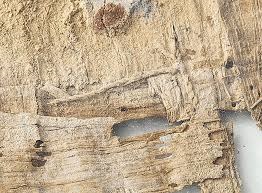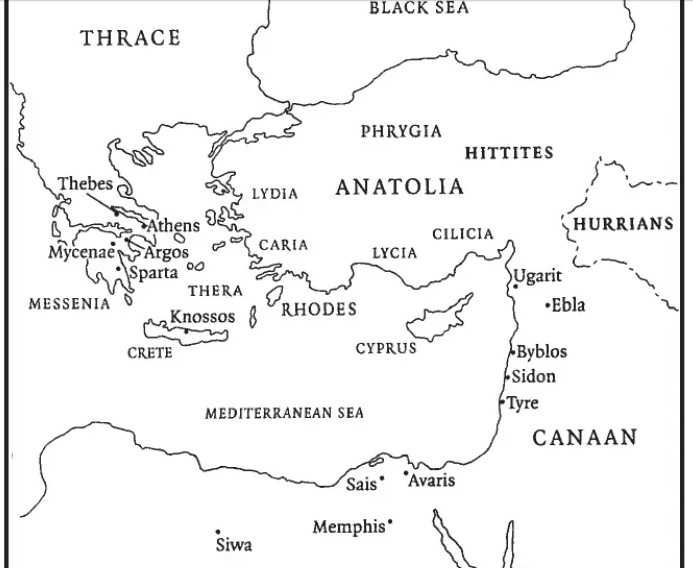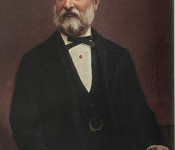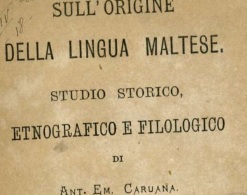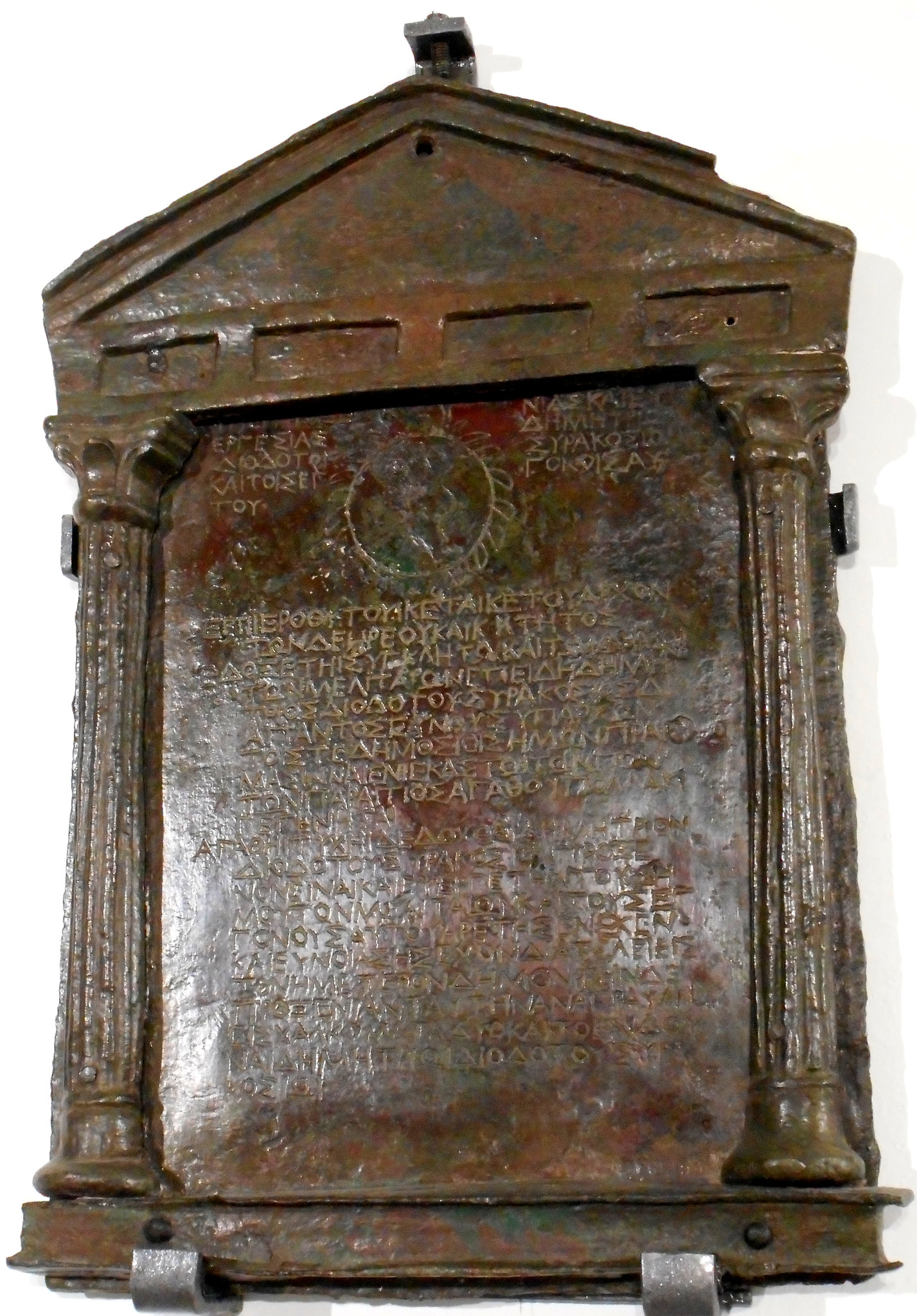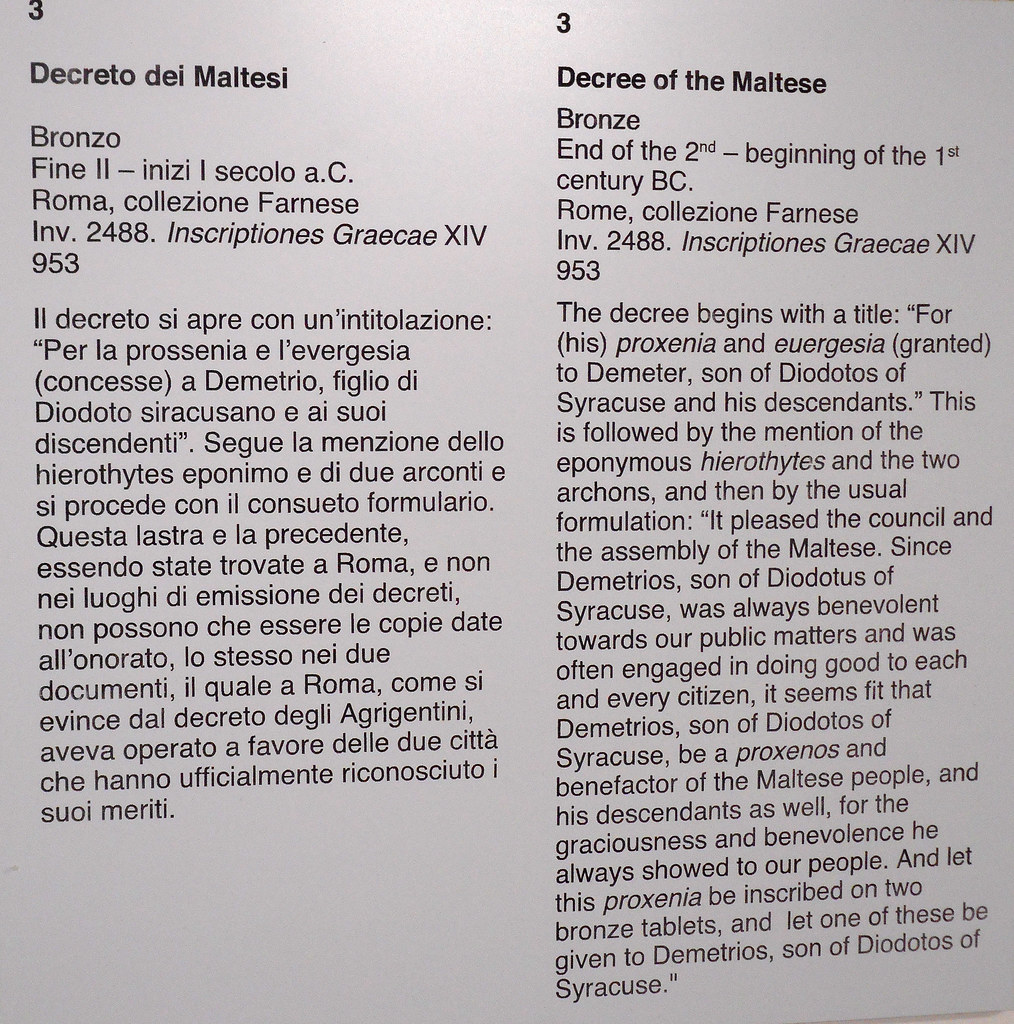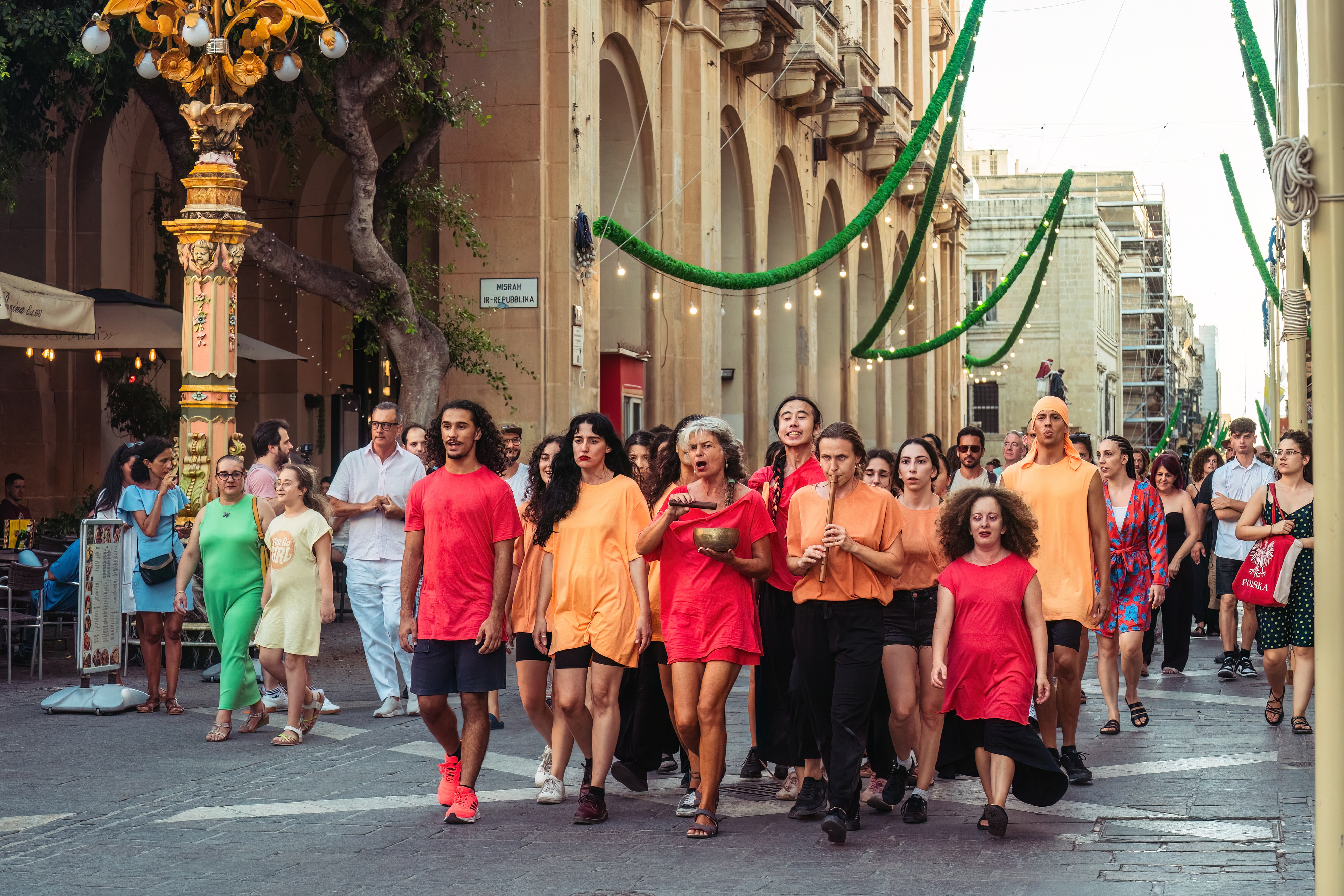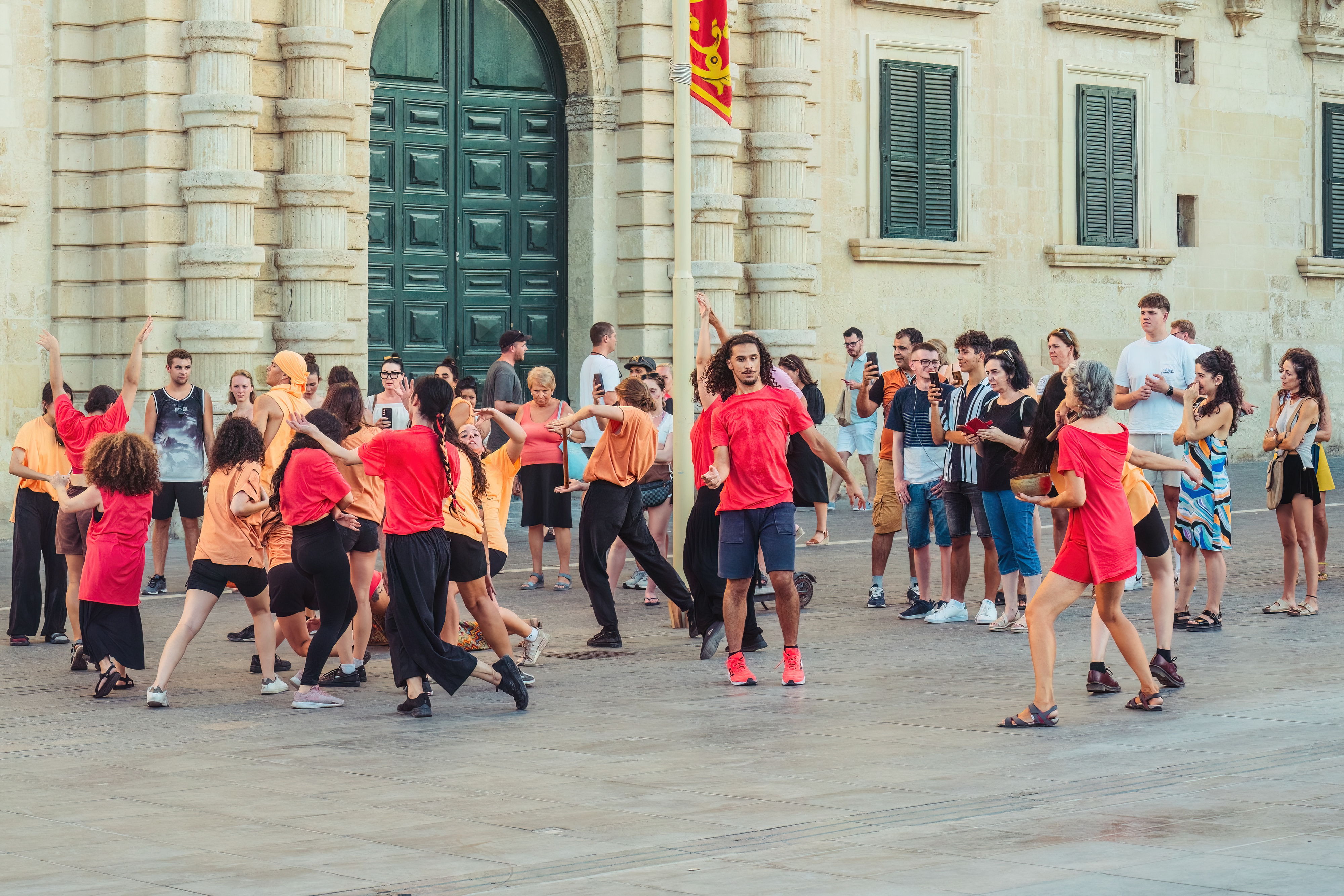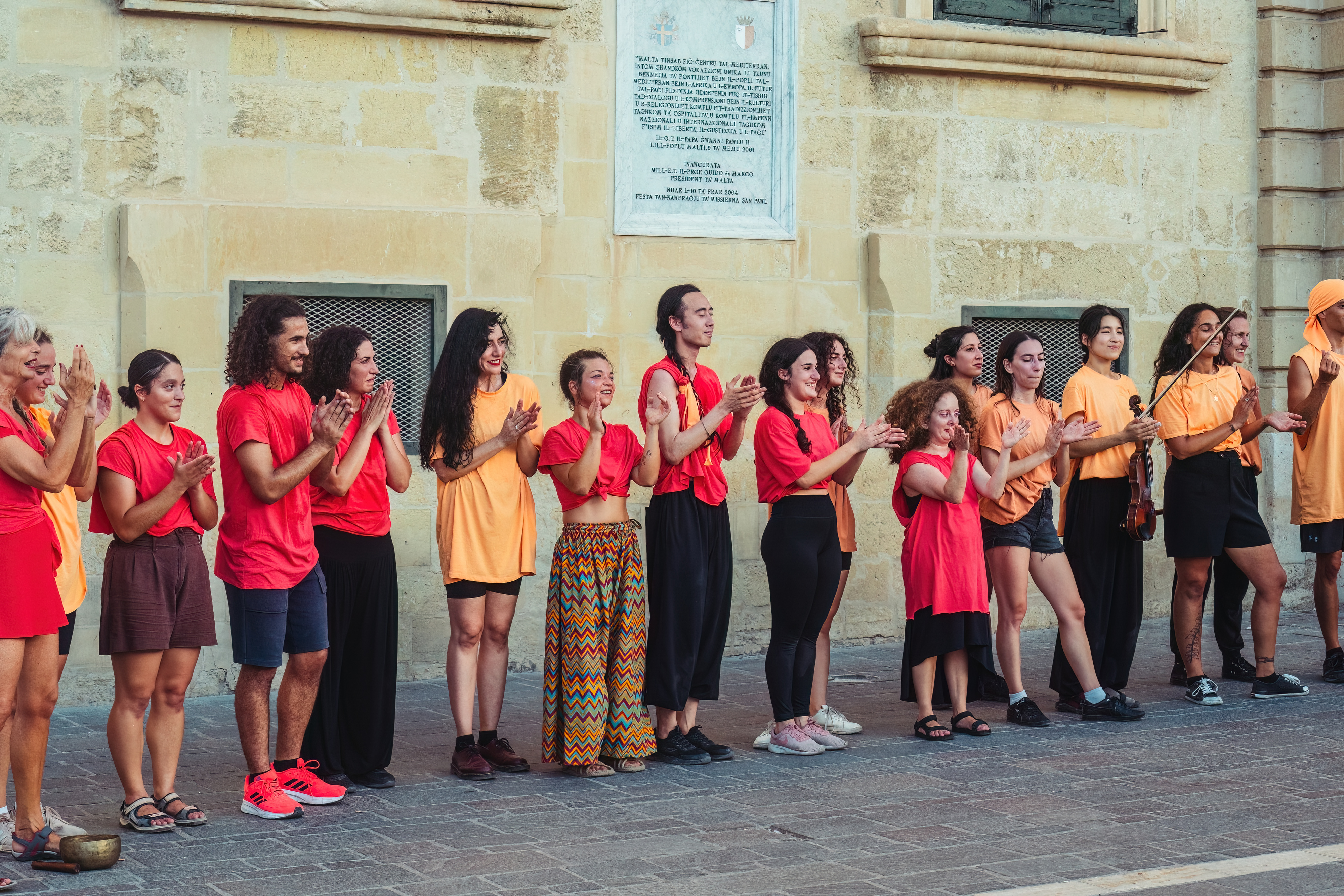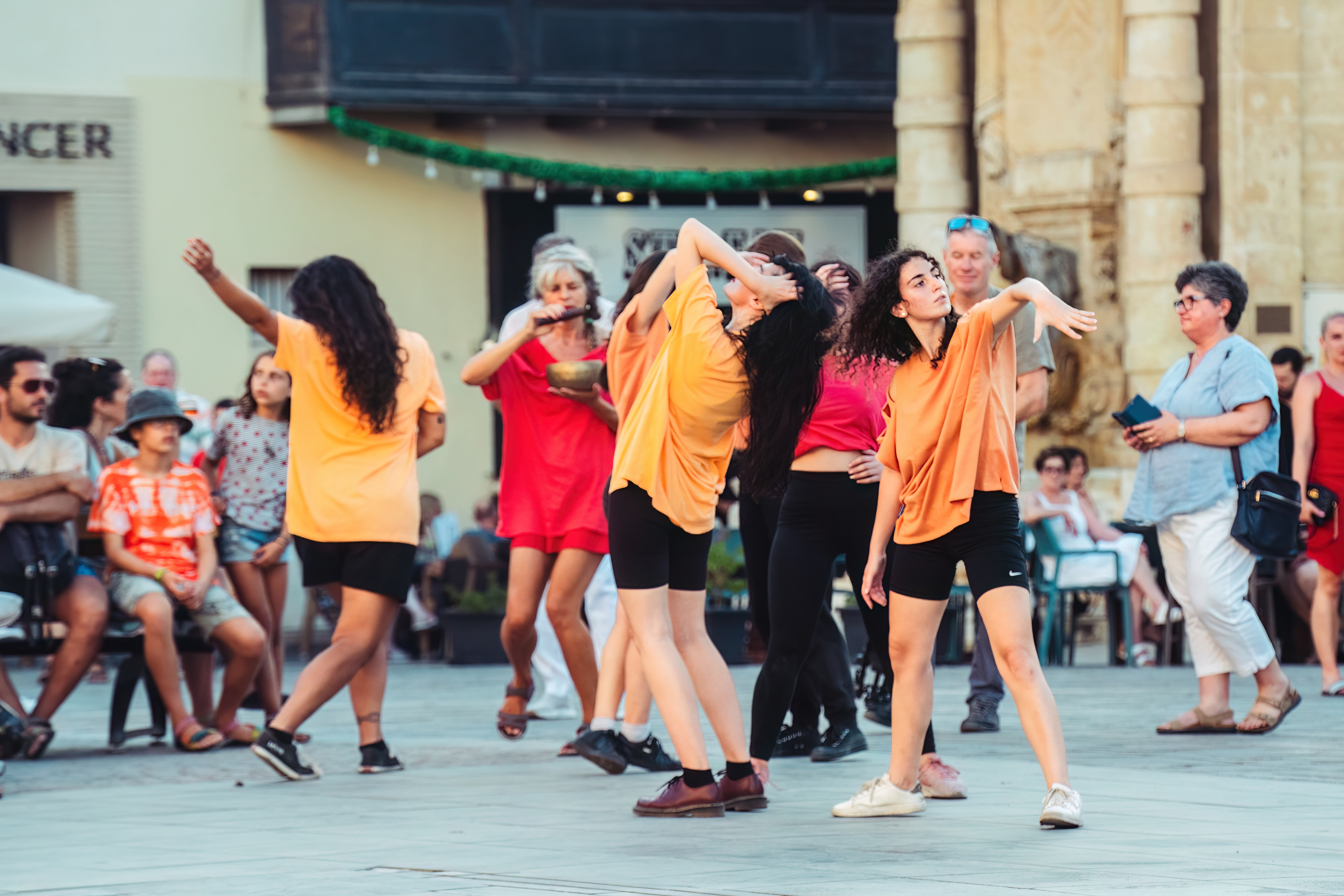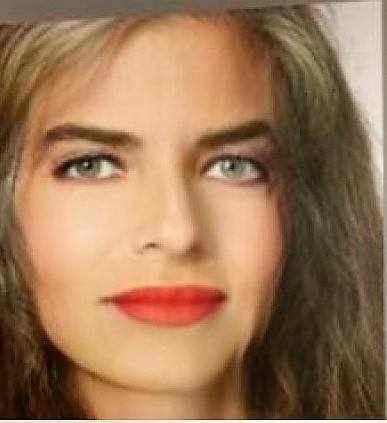Maltese Theresa Zammit Lupi at the University of Graz, Austria
Maltese Theresa Zammit Lupi with a Phd in the conservation of manuscripts from London, has made a cutting-edge discovery while working at the Special Collections of the University Library at the University of Graz, Austria.
The discovery was made during her work while she was inspecting a fragment originally found in 1902 in El Hibba, Egypt. Theresa Zammit Lupi’s has discovered that codices of papyrus, with bindings running through the centrefold, existed as far back as 260 BC. Dating back to times pre Christ, this could be the oldest book in the world. The fragment was first part of a notebook, and includes legible Greek text describing beer and oil taxes. It was later recycled as wrapping for a mummy.
Oldest known papyrus book 250 BC
While this is a preliminary dating, the oldest book is a great archaeological, and historical evidence found to be some 400 years older than what was previously thought to be the earliest sample with evidence of stitching in book form.
Read more
Phoenician of Ancient Europe
The origins of cuneiform may be traced back approximately to the end of the 4000 BC. At that time the Sumerian carved pictographic tablets in Uruk (Erech), for example, the picture of a hand came to stand for both Sumerian šu that is “hand” and also for the phonetic š. As in Chinese, Sumerian words were largely monosyllabic, so for example, ba, bá, bà, ba would have different meaning. but often representing similar concepts - sun, day, bright...
Ancient Mediterranean Map Major Cities
They used clay tablets - being pressed into the soft clay with the normal order of signs - columns running downward changing to from left to right, without any word dividers. This change of writing methods made some signs change from one side to the other.
The system was adopted by the Akkadians, who established themselves in Mesopotamia 3000 BC. Babylon was an ancient city located on the lower Euphrates river in southern Mesopotamia, within modern day Iraq. Babylon functioned as the main cultural and political centre of the Akkadian speaking region of Babylonia.
Read more
Saħħara’s Tethered The Timeless Appeal of Nude Art
Saħħara’s Tethered is a debut photography exhibition presented in Splendid Gallery located in Strait Street in Valletta. Sahhara’s selection of twenty images showcase the merge of a landscape aesthetic and human form. Highly precise and aesthetically engaging, Sahhara’s work is both classic and timeless.
Read more
Researching Lingua Maltese Studio Storico Etnografico e Filolgico
Antonio Annetto Caruana (1830 – 1905), also known as A. A. Caruana, was a Maltese archaeologist and author
University of Malta Rector, Librarian and Keeper of Antiquities at the National Library of Malta, Director of Education in Malta's imperial administration, Caruana is best known for his activities as an archaeologist, has published numerous books and articles. He worked on the excavation of the Hagar Qim neolithic temple complex.
Lingua Maltese Studio Storico Etnografico e Filolgico by Caruana published in 1896
This brings me to a book I am researching at the moment published in Malta, in 1896, in Italian with the title “Lingua Maltese, Studio Storico, Etnografico e Filologico” by Em. Caruana, given to me by my dear neighbor friend as his most precious antique purchased as a rare item in Italy.
Lingua Maltese by Caruana published in 1896
Many of the ideas of this noble Maltese man have since been challenged, yet we find ourselves returning to them listening more closely to his story of Ancient Greeks in Malta. According to Caruana, all the Greek “Copto”-s that spoke Ionic Greek dialect are Slavic languages. The famous Rosetta Stone inscription is in 3 languages has also been written in the Ionic dialect. Ancient Egypt Rosetta Stone
Today we know that within the region, a more than a few educated souls were Greeks, for they even had Schools * (of Athens), some were Roman, sent out to the foreign lands to govern their provinces, we also find some Slavs, we know them by their names.
The region was "Roman”, that meant 10% of taxes on all goods, plus the legal benefits for carrying a Roman Name, for only a few could have called themselves “Romans”. Do you remember, that was the time of Caligula and Ceasar, mad-men convinced of their divinity, killing millions of villagers, while on their conquests.
The people of the region that called itself " Macedon” aparenlly spoke a language different to Ancient Greek but had scholars that were fluent in Greek and Egyptian.
Decree of the Maltese with greek inscription 200 BC bronze from Malta - Epigraphic Collection of Archaeological Museum in Naples
Originally carved in Ionic Ancient Greek, now it is known by its Latin translations where the letters are not so profoundly expressed as symbols and frequencies,or music!!!
Translation of the Ancient Greek Maltese Napoli Decree 200 BC
Lingua Maltese, Studio Storico, Etnografico e Filologico” by Em. Caruana
The precious book from the 19th century, within its pages contains a study of the history of Malta during the time of Greeks for around 400 years, from 600 BC to 200 BC. The Maltese islands were somehow inside the cultural or commercial sphere of the Mycenaean civilization. Lycophron's brief reference to the settlement in Malta of a group of Greeks who, after the siege of Troy - 1250 BC were prevented by the gods from reaching their homelands.
The author refers to the time as the Golden era when democracy was introduced to the island that has already advanced in writing skills, received from Phoenicians. The identification of Gozo, with the Homeric island of Calypso is not a modern 'invention' but goes back to 300 BC.
Pella Tablet in Doric Greek in Macedonia 450 BC
The Pella curse tablet is a text written in a distinct Doric Greek idiom, found in Pella, the ancient capital of Macedon, in 1986.
Inscribed on a lead scroll, it is now dated to the first half of the 400 BC. The Pella curse tablet has been forwarded as argument that the Ancient Macedonian language was a dialect of North-Western Greek. Some, however, argue that the region spoke Ionic or Jonic (ć).
At 400 BC this is how an ancient love letter / curse was written by an obviously rich and totally spoiled youth who perhaps had Dionysophon and Thetima as her servents. Translated by Dr. James L. O'Neil (2006) says -
"I forbid by writing the ceremony and the marriage of Dionysophon and Thetima, and of all other women, and widows and virgins, but especially Thetima. And I assign them to Makron and the daimones. And whenever I shall unroll and read this again, after digging it up, then Dionysophon may marry, but not before. Mayhe not take any wife but me, and may I and no other woman grow old with Dionysophon. I am your suppliant; pity me, dear daimones, for I am weak and bereft of all friends. But protect me so this does not happen and evil Thetima will perish evilly, [undecipherable] mine, but may I be fortunate and blessed,"
The Dionysus cult was one of the region's “stay happy” and sing while praying...
Greeks and Macedonians, an Ancient Debate
Pre-Hellenistic Greek writers expressed an ambiguity about the Greekness of Macedonians portraying them as a potential barbarian threat to Greece. The late 500 BC sophist Thrasymachus of Chalcedon wrote, "we Greeks are enslaved to the barbarian Archelaus"
Demosthenes says for Philip II "not only no Greek, nor related to the Greeks, but not even a barbarian from any place that can be named with honor, but a pestilent knave from Macedonia, whence it was never yet possible to buy a decent slave".
He also calls Meidias, an Athenian statesman, "barbarian" and in an event mentioned by Athenaeus, the Boeotians, the Thessalians and the Eleans were labeled "barbarians"
In the Histories Herodotus calls king Alexander I, a Hellēn who ruled over Macedonians. in his eighth book he groups several Greek tribes under "Macedonians" and others under "Dorians".
Thucydides distinguishes between three groups fighting in the Peloponnesian War: The Greeks (including Peloponnesians), the barbarian Illyrians and the Macedonians.
Isocrates defending Philip's Greek origins wrote, "...he understood that Greeks are not accustomed to submit themselves to monarchy whereas others are incapable of living their lives without domination of this sort ... for he alone of the Greeks deemed it fit to rule over an ethnically unrelated population"
Isocrates to Philip: "Therefore, since the others are so lacking in spirit, I think it is opportune for you to head the war against the King; and, while it is only natural for the other descendants of Heracles, and for men who are under the bonds of their polities and laws, to cleave fondly to that state in which they happen to dwell, it is your privilege, as one who has been blessed with untrammelled freedom, to consider all Hellas your fatherland, as did the founder of your race, and to be as ready to brave perils for her sake as for the things about which you are personally most concerned."
Philip named the federation of Greek states "The Hellenes" (i.e. Greeks), and the Macedonians were granted two seats in the exclusively Greek League in 346 BC.
With Philip's conquest of Greece, Greeks and Macedonians enjoyed privileges at the royal court, although Philip's armies were only ever led by Macedonians. The process of Greek and Macedonian syncretism culminated during the reign of Alexander the Great, who allowed Greeks to command his armies.
Aristotle advising Alexander "to have regard for the Greeks as for friends and kindred" and has also in his Politics refered to Macedonians as barbarians.
J. King, Carol “Allowing that there were living in ancient Macedonia throughout the Archaic, Classical, and Hellenistic periods people who were Greek, people who were akin to Greeks, and people who were not Greek, if one seeks historical truth about an ancient people who have left no definitive record, one may have to let go of the hope for a definitive answer. The ancient Greeks themselves differentiated between “Greeks” and “Macedonians...”
Now, who were the Barbarians at the time? What does DNA analysis say about Slavs on Balkan? Serbs have almost 1/3 of the Balkan origin gene which peaks in Herzegovina. It has originated in Balkan and spread out 7000 years ago and into other people now called Slavs (in Europe). However, it is not the most prevalent for the other Slavs - only certain South Slavs, like Serbs, Macedonians, Montenegrins, Bosniaks & Bosnian Serbs and Southern Croats.
History is like Playing the Hesse's Glass Bead Game with Pythagoras...
Dance Festival Malta - Community Dance Performance
Urban Symphony investigated the continuum of harmony and disharmony in the urban environment of Valletta, The performance has comprised of movement, voice and musical instruments and it took place in Valletta, during the Dance Festival.
Community Dance Performance Urban Symphonies Nataša Pantović with Tibetan ball and dancers in Republic Street
St. George’s Square Valletta dancers in front of the Palace
Performance Urban Symphonies at Dance Festival Malta in Valletta photographer Elisa von Brockdorff dancers
Performance Urban Symphonies at Dance Festival Malta in Valletta Photographer Elisa von Brockdorff
"Moving Communities in Urban Spaces was led by Julienne Schembri (Malta) and Maya Felixbrot (Israel). This community project investigated the continuum of Harmony and Disharmony in the urban environment of Valletta, and question how the movement of the collective - the performing community as well as the people in the city - connect and engage with the city. Taking the symphonic structure as a container, the community collective experimented with the resonance of the urban environment in Valletta. The performative language comprised movement, voice and musical instruments that take inspiration from the rhythms, architectural character, and the visual and sonic structures in Valletta. The score, comprising of movement and sound, curated around the musical symphony and the artists look to structures used in the Maltese Għana to support the phrasing of the group’s movement in body and sound. The lead artists amplified the already playing symphony in the city and the spaces; the structure of the fountain, the movement of the water, the existing movement of the public in the city, the sonic textures we hear in these locations, the collective memories and the visual harmonies." The Project Description, Dance Festivas Malta
Biographies
Julienne Schembri
Julienne is a performer, community artist, and creative producer. She creates communities of people moving together and has been active in the field of dance and movement for over ten years in London and more recently in Malta. She is a Certified Movement Analyst and movement educator. She is co-founder of Dance Beyond Borders, where she co-produces Refugee Week Malta. Currently, she shares a practice with Opening Doors, ZfinMalta, the University of Malta, and the Malta Dementia Society, where she is working as a board member for 2022/3.
Maya Felixbrodt
Maya Felixbrodt is a musician, Violist, and composer. She reconnects sound and music through music and the Laban Bartenieff Movement System. She is a Certified Movement Analyst and movement educator. She is the co-curator of Screen Dive, co-founder and artistic director of Moving Strings, and a member of the duos Zvov and NO HORNS. ARTIST BLURB: Urban Symphony will investigate the continuum of Harmony and DisHarmony in the urban environment of Valletta, and question how the movement of the collective - the performing community as well as the people in the city - connect and engage with the city.
Dancers:
Verda Zincirkiran
Sarah Chou
Kelly Diakoulaki
Eliza Paś
Ġagħel Dingli
Deborah Falzon
Nataša Pantović
Eve Cocks
Nicole Zammit
Sarah Sammut
Amy Vella
Charlene Galea
Michal Gil
Read more

